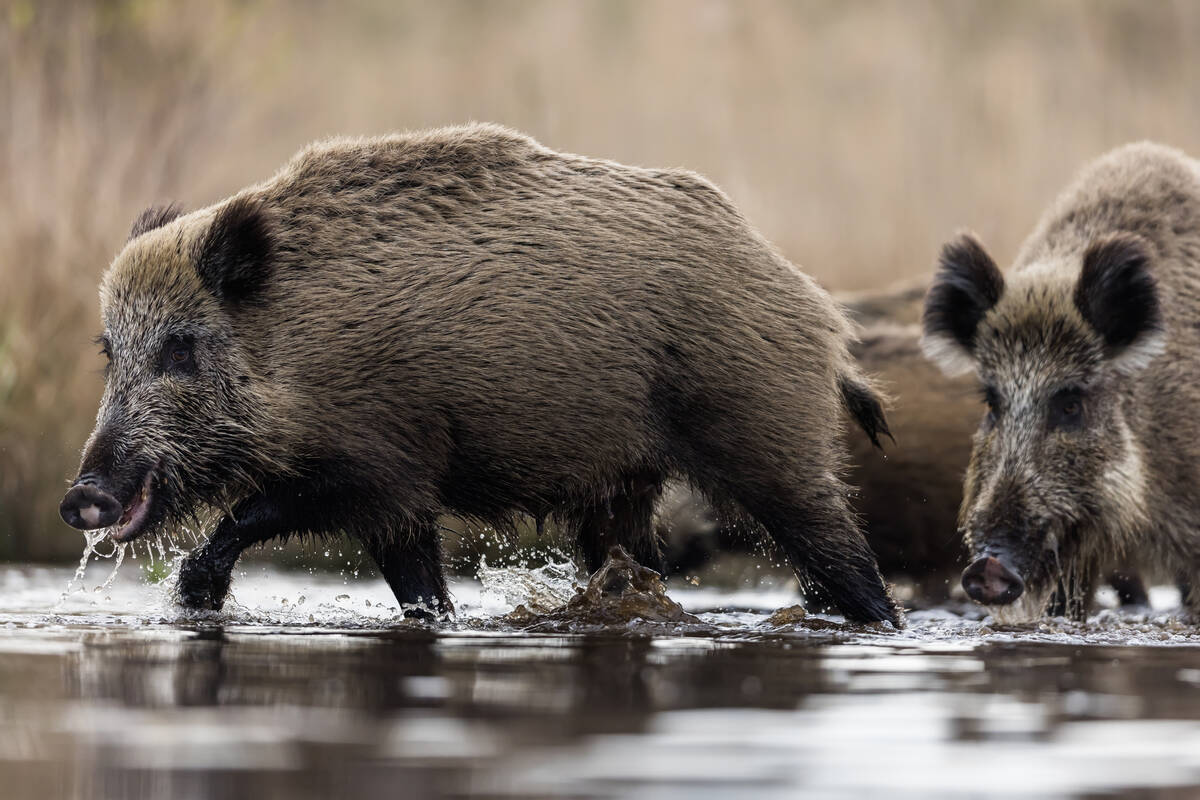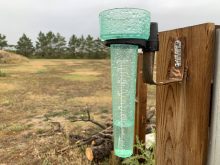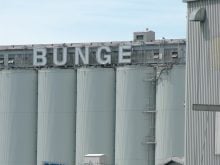The leafy spurge that first appeared in small patches near Manitou Lake a decade ago now covers a half section and is moving rapidly to nearby fields in the western Saskatchewan community.
Gary Graham, who farms near Marsden, Sask., calls the spread a complete disaster that could eventually make the area’s pastures and hay lands worthless.
“It goes like a plague. I’ve never seen anything like it,” he said.
The plant, whose roots can spread up to 15 metres, also moves down country roads with a grader pass or by seeds blown in the wind.
Read Also

Manitoba bans wild boar possession
Manitoba has tightened the regulatory status of Eurasian wild boar in an effort to help fight back against invasive wild pigs.
“It completely takes over the grasses,” he said.
Graham believes its greasy contents bother cattle’s throats so they graze around it.
The Grahams have used chemical sprays like Roundup, which will kill everything, but leafy spurge is often among the first plants to return.
He said biological controls like leafy spurge beetles that feed on the plant have been introduced but are ineffective because the insects don’t want to completely destroy their habitat.
Graham wants producers and rural municipalities to act now to reduce further spread and he believes chemicals offer the best control.
Ray Orb, a director with the Saskatchewan Association of Rural Municipalities, agreed that leafy spurge is a problem weed in many areas.
Orb’s home community of Cupar is monitoring the plant and spraying ditches in addition to working with a private landowner to control the spread. It is also working with an alien plant species program run by Saskatchewan Agriculture and SARM. It provides municipalities with beetles that feed on leafy spurge, something Orb said is making inroads in his community.
“Right now they’re starting to control it but you have to be really patient and let them do their work,” he said.
“We’re just struggling to keep on top of it and trying to keep it from spreading.”
Orb said there is increased awareness of the problem of leafy spurge in the farming community.
Nancy Gray, a co-ordinator with the invasive alien plant species program, said the program offers sites near Moose Jaw and Weyburn where producers and municipalities can use sweep nets to collect the beetles at no charge.
She said the beetles are doing a good job where they have been released. The adults lay eggs by the roots where the larvae hatch and feed on the roots, thereby weakening the spurge and keeping it short.
“They will never eradicate it but will help eradicate a lot of it,” said Gray.
Leafy spurge hotspots in the province include southeastern Saskatchewan, south of Highway 1, North Battleford and the RM of Corman Park near Saskatoon.
Gray said chemical controls like Tordon are available to producers but cannot be used near waterways.
A website for the Canadian Biodiversity Information Facility called leafy spurge a naturalized herb that grows across southern Canada.
If large amounts are incorporated in hay, livestock poisoning can occur, it reported.
Sheep are more resistant to its toxic effects and have been used in fields to control the weed. They can devote up to 70 percent of their diet to the weed while cattle can only tolerate five to 10 percent.
Two-year trials underway at the Prairie Farm Rehabilitation Administration pastures near Elbow have shown cattle, especially younger animals, can be trained to eat leafy spurge.
Related research at Utah State University found no ill effects like blistering of the animal’s mouth from eating leafy spurge.














